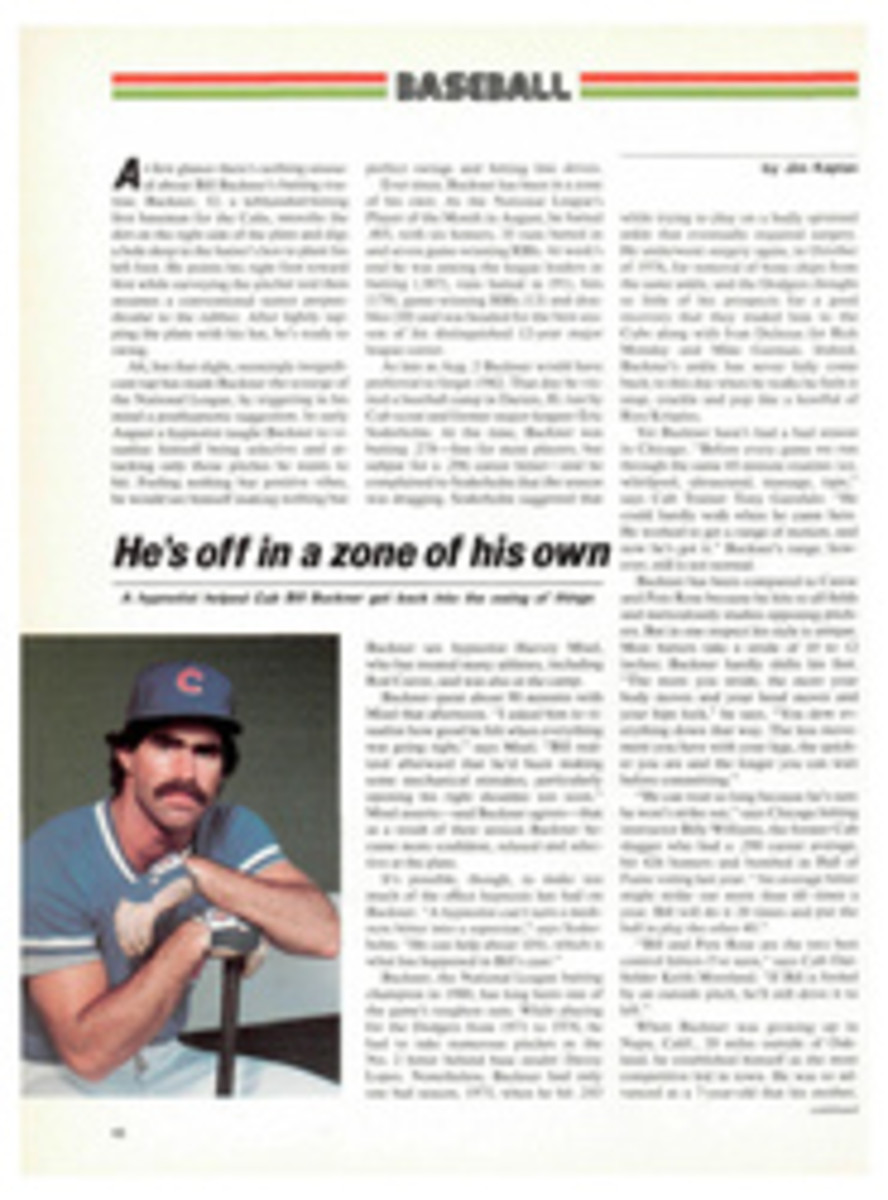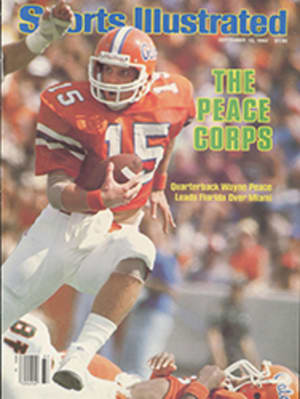
LIFE STORIES OF CHRISSIE AND JOHN: OUT OF GREATNESS, EXPENSIVE TEDIUM
In 1977, after she had won the U.S. Open tennis championship for the third straight time, Chris Evert and The New York Times sportswriter Neil Amdur discussed doing a book about her life and career. They agreed that a book about a 22-year-old tennis player was, at the very least, "premature."
When he was 22, John McEnroe and sportswriter Richard Evans talked about doing McEnroe's biography. Evans suggested they should wait "at least until he had won Wimbledon." McEnroe's opinion was, "How about waiting until I grow up first?"
All four of these people were right.
Three years later for Chris and Neil and nine months later for John and Richard, all four changed their minds and went to work on the books—the first pair on the theory that Chris was now married and that she "might have something to say" to justify a book about a 25-year-old tennis player, and the latter apparently believing that McEnroe had grown up.
All four were wrong.
Nevertheless, we now have: Chrissie: My Own Story (Simon and Schuster, $15.50) and McEnroe: A Rage for Perfection (Simon and Schuster, $13.50). The difference in price is puzzling, but perhaps no more so than the publisher's determination that readers should pay so much for so little.
Both books are well-nigh perfect arguments for the superiority of concise journalism in presenting the "life story" of a young athlete in a meaningful, steadily interesting fashion. There is simply no room in a newspaper or magazine article of reasonable length for the kind of padding that makes reading much of Chrissie and Rage a chore. Long-forgotten matches (better-forgotten, probably) are included unnecessarily: Chrissie—"After beating Linda Thomas, 6-1, 6-1; Elizabeth Coe, 6-0, 6-0; Leslie Hunt, 6-1, 6-0; Betty Stove, 6-2, 6-2; and Olga Morozova, 6-3, 6-0...." Rage—"But he went down to Gerulaitis again in the Pepsi Grand Slam in Florida; was forced to pull out of WCT Frankfurt through injury; lost his way on the red clay of the Monte Carlo Country Club against Vilas; and was beaten 6-4, 6-1 by Harold Solomon...." Is this really what Gutenberg had in mind?
Evans cleverly improved his prospects of filling nearly 200 pages by writing in the first person, though this is the biography of another man, an innovation in the art that should be stopped dead in its tracks. But it does provide him the opportunity to sound off on a number of extraneous matters, like his views of other sportswriters. Also: "I have always found it the ultimate hypocrisy for New York crowds to boo John McEnroe for his behavior. McEnroe's behavior is New York behavior.... New York City is not a place where manners count for very much. It is a jungle at the best of times...." So much for one of the world's literary, musical, artistic, theatrical and publishing centers. Evans doesn't mind quoting himself, either: three solid pages from one of his magazine articles at one point, and two pages at another.
McEnroe's on-court behavior is, of course, the burden of much of the book, and Evans treats it exhaustively—to this reviewer's exhaustion, at any rate. McEnroe himself handles it considerably more succinctly: "Maybe I need to get defaulted. Maybe that would straighten my head out."
Chrissie is more gossipy, if somewhat less controversial. Because the Everts are an extraordinary family and Chris appears to have been painstakingly honest in describing its members and their relationships, those portions of the book are the most successful. Much of this may be familiar to her fans and even to regular readers of the sports pages, but it is enlightening nonetheless to anyone who cares how and why a child becomes a champion.
There are, too, a number of nuggets in Chrissie that doubtless will brighten some TV talk shows:
•Tracy Austin's mother always accompanies her daughter in the locker rooms before matches, much to the annoyance of Chris and other women pros.
•On his first date with Chris, Burt Reynolds arrived at the Evert home with four friends and three Rolls-Royces. He gave her a gold necklace with BABE, his nickname for her, spelled out in diamonds.
•Rosie Casals makes brownies that have enlivened a number of parties on the women's tour.

